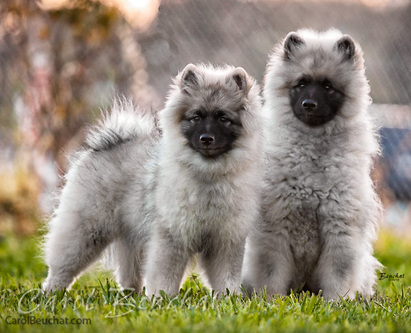Population Geneticist
Genetic Counselling Services
The Netherlands
http://www.gencouns.nl/
(Download pdf)
Translations available:
1. Introduction
In the course of the second half of the 19th century the method of ‘inbreeding and selection’ took hold in domestic animal breeding. From 1900 onwards it was widely applied both for companion animals and in agricultural animal husbandry. Especially in the early phases of pedigree breeding (oriented to conformation) the method yielded advantages. With its use breeders were able to ‘fix’ desired traits in their breeding stock and have these transmitted reliably to subsequent generations.

In the world of pure-bred dog breeding ‘inbreeding and selection’ is still the order of the day. What it basically comes down to is this: the level of inbreeding is gradually raised (via line breeding). The purpose is to fix the superior traits of dogs in the line. Selection is in favour of the desired characteristics (the most breed-typical traits), and against undesired characteristics (such as disorders in health and well-being). There are two objectives here: ‘preservation’ and ‘improvement’.
Most breeders are convinced they are ‘preserving’ as long as they mate pure-breds only. As to ‘improving’, most breeders hold that this can be achieved by always letting the ‘best’ animals contribute as much as possible to the next generation. They assume that this approach will also check the frequent occurrence of health and well-being problems in pure-bred dogs. The reality of pure-bred dog breeding, however, yields a different picture.


